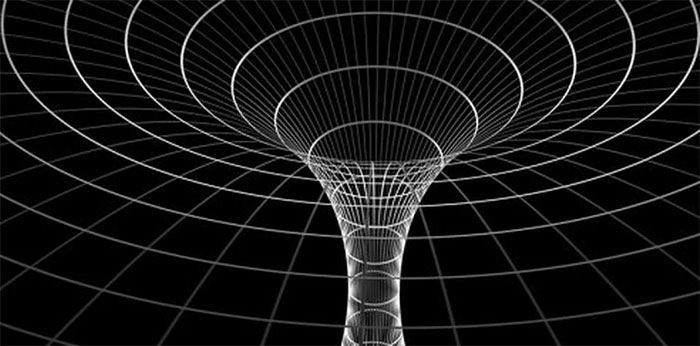You may have come across the phrase “relativity” or “general theory of relativity” in physics. So what is general relativity? Let’s find the easiest way to understand this concept.
The general theory of relativity (or in short, the theory of relativity) is a “building block”, a basic element that creates modern physics. This theory explains gravity (or gravity) in terms of the way space can bend, or more precisely, it links gravity to the changing shape of space-time.

Illustration of objects with mass that can bend space-time. (Photo: PashaIgnatov/iStock).
History of general relativity
Scientist Albert Einstein proposed this “general” theory in 1915, a decade after he proposed a “special” theory of relativity that applied the speed of cosmic light to the assumption that the laws of Physics does not change in any frame of reference.
When he applied accelerated mass to that particular theory, he realized that objects with mass affect the dimensions around them (space-time) in the way that the object behaves in its current state. it can attract other objects that have mass.
We can imagine it as if matter located in a space-time structure would weigh down on that structure, creating a “curve” that causes other matter near it to slide toward it. .
The importance of general relativity
The mathematical equations of Einstein’s general theory of relativity have been tested many times by scientists and remain the most accurate way to predict gravitational interactions, replacing the equations proposed by Isaac Newton several times. previous century.
To date, we do not have such equivalent quantum field theories due to huge incompatibilities, e.g. quantum mechanics has many ways of considering concepts like infinity, for example, but If we also consider the concept of infinity in general relativity, mathematics will make predictions that are completely meaningless.
Currently, modern physicists are still trying to build a quantum physics “version” of general relativity.
